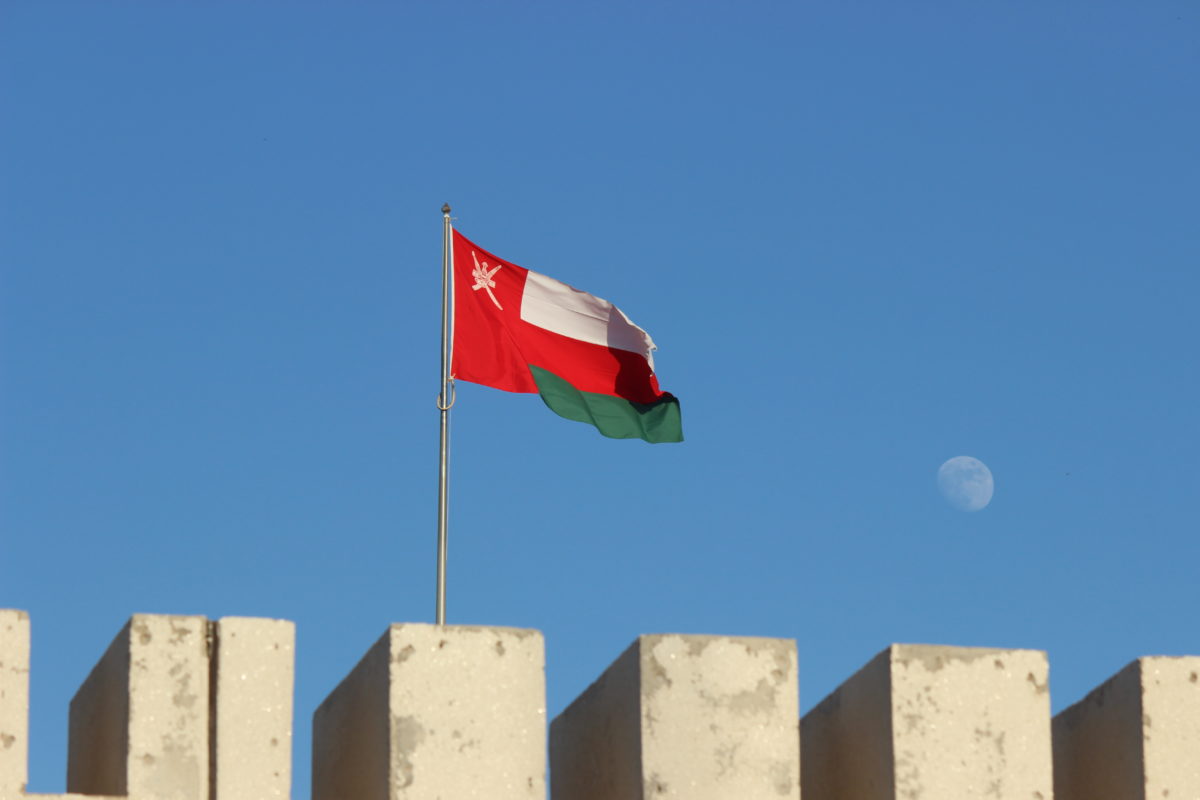Oman’s state-owned Rural Areas Electricity Company (Tanweer) is moving forward with the tender launched in August for the development and construction of 11 solar-diesel-storage power projects with a combined generation capacity of 146 MW.
Tanweer said it is set to publish a request for proposals after having pre-qualified 48 potential bidders which were divided into five categories depending on generation technology and technical and financial capability.
Category one bidders meet all the financial and technical requirements and can therefore bid independently. A consortium led by Anglo-Dutch oil giant Shell alongside Enertech, a unit of Kuwait Investment Authority; Emirati distributed generation business Enerwhere; Taiwanese electronics conglomerate HTC; Spanish engineering, procurement and construction (EPC) services provider Gransolar; and Indian engineer Gensol is among their number. Category one rivals comprise French energy company Engie, Abu Dhabi sovereign wealth fund-owned developer Masdar, Greek industrial conglomerate Mytilineos and three more consortia, one led by Canadian Solar and one of which features German rival ib vogt.
Bid categories
Potential bidders who satisfy individual aspects of the requirements demanded have been pre-qualified under a further four categories on the understanding their final bids must meet all requirements.
The second category, which comprises applicants which comply exclusively with financial requirements, includes Chinese solar manufacturer GCL; and EPC contractor TBEA – the latter alongside Egyptian peer Hassan Allam; French oil giant Total; a consortium formed by Elon Musk’s Tesla and Irish developer Mainstream Renewables; India’s NTPC; and another consortium consisting of Omani oil company PDO and Spain’s Elecnor.
The third category includes 18 bidders which meet the technical requirements for small scale solar arrays and other distributed generation systems and includes project developers such as Spain’s Abengoa; U.K.-based Amarenco alongside U.S. energy storage company NEC; Saudi developer Alfanar; and German EPC Enerparc, which has formed a consortium with U.S. power company Cummins and an unidentified partner named BEC.
Solar capability
Category four is made up of 11 companies which comply with the requirements for solar projects only and includes a consortium formed by Turkish conglomerate Zorlu and U.S. thin-film manufacturer First Solar; France’s Akuo Energy; Chinese manufacturers JinkoSolar; and Longi; Italy’s Building Energy; Indian developer Acme Solar – alongside Texan oil and gas company Seven Seas Petroleum; and Philippine module manufacturer Solar Philipinas, which has formed a joint bid with an unidentified entity named MHD.
The final category includes five bidders which meet only the requirements for diesel power generation and does not encompass any renewables companies.
The planned hybrid power plants will be developed on a build, own, operate and transfer basis and will secure 15-year power purchase agreements. Tanweer will be responsible for fuel supply and securing land and the developers will arrange plant ownership, construction and financing as well as operations and maintenance and the dispatch of electricity from the facilities.
Diesel-heavy
The technological make-up of the projects is expected to comprise 48 MW of solar power generation capacity and 70 MW of diesel plus 28 MW/14 MWh of energy storage facilities.
One installation is planned in Madha, an area of the north of Oman surrounded by United Arab Emirates territory. Another facility will be located in Masrooq, near Ibri, where two 500 MW solar projects are currently under development. Tanweer is also planning projects in Mittan, Al Mazyunah, Farshat-Qatbeet, Hasik and on the Al Hallaniyat islands, all in the southern Dhofar governorate, plus generation assets in Al Khuwaimah and in Masirah island, in the Ash Sharqiyah South governorate. Two further projects are planned in Hitam and Al Khadrah, in the Al Wusta governatorate on the east coast.
Oman’s sole electricity buyer, the state-owned Oman Power and Water Procurement Company, is holding a series of tenders for large scale solar. Its projects are part of the government’s plan to add 4 GW of renewable generation capacity by 2030.
This content is protected by copyright and may not be reused. If you want to cooperate with us and would like to reuse some of our content, please contact: editors@pv-magazine.com.




Why no pumped hydro? The question sounds silly, because Oman is dry as a bone. But the NW bit is mountainous – not just hilly – right next to the coast. Japan ran a small PUHS scheme in Okinawa for decades using seawater, proving feasibility.